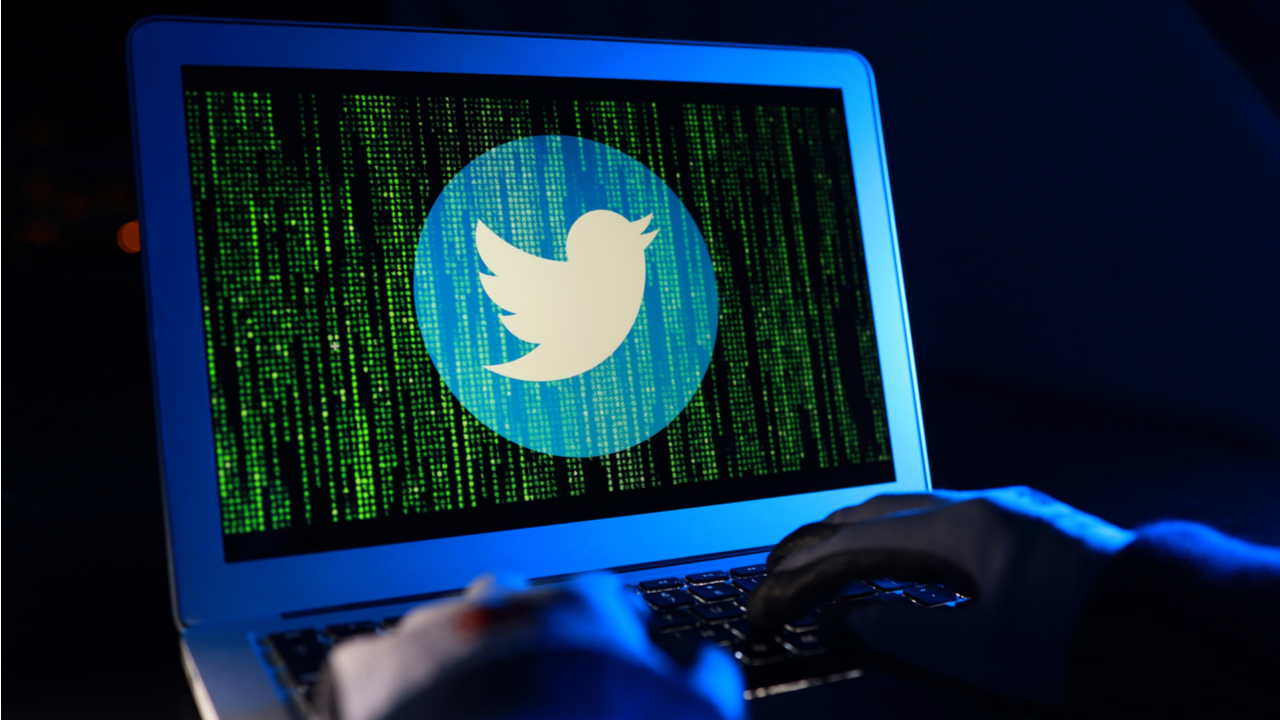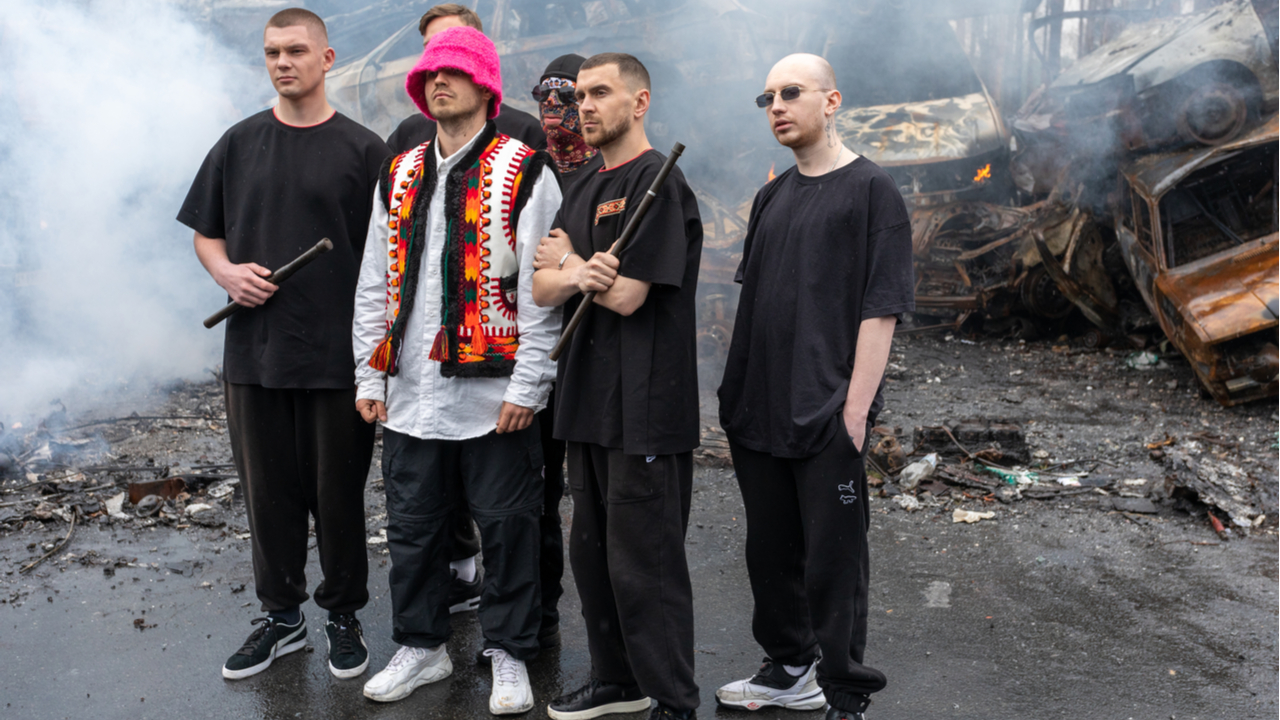
Among the education centers involved include colleges in Australia, Cyprus and Germany, Nigerian-based tech hub Utiva, Women in Tech, and two Ukrainian organizations.
The philanthropic arm of Binance — Binance Charity — is set to fund 30,65 scholarships to students keen on forging out a career in Web3 in 2023.
The Binance Charity Scholar Program (BCSP) will provide free Web3 education and training courses which will enable tech-savvy students to upskill without having to leap-frog any unnecessary financial barriers, Binance Charity explained, in a January 20 blog post:
“We recognize that digital education and skills development can be out of reach for many, resulting in a blockchain industry that lacks diversity and talent. The Binance Scholar Program changes all that, covering the costs of tuition and course fees at some of the world’s leading universities, colleges and vocational training providers.”
The blog stated that over 82,000 applicants were interested in becoming a part of the next BCSP cohort, which equates to an acceptance rate of about 37%.
Amongst the education partners getting involved include University of Western Australia, University of Nicosia in Cyprus, Frankfurt School of Finance & Management in Germany, and Nigerian-based technology hub Utiva.
French-based tuition-free training center Simplon, Women In Tech, Kyiv IT Cluster, and Ukraine’s Ministry of Digital Transformation will also host some of BCSP’s events.
Binance Charity said they partnered with the Ukraine-based departments to help re-train Ukrainians who may have lost their jobs due to the war with Russia.
The partnership with Women In Tech will endeavor to train about 3,000 women in rural South Africa and Brazil to support future female entrepreneurs.
Binance Charity will also receive partnership support from Binance Academy — the company’s non-profit blockchain education portal.
In 2022 alone, Binance Charity hraised more than $3.5 million — most coming in the form of Binance USD (BUSD) — which helped fund over 290,000 hours of Web3 education and training courses.
Our @BinanceBCF team has travelled across the globe this year, offering help and education to those in need.
— Binance (@binance) December 30, 2022
As we roll into the new year, let's look back on everything #Binance Charity has achieved in 2022. pic.twitter.com/mBSpD0jpaF
Related: Education is key to driving sustainability in blockchain and beyond
Head of Binance Charity Helen Hai said interest in the program continues to grow in spades:
“The response to our Web3 education projects has been unprecedented, showing the keen appetite of so many people to learn about blockchain, De-Fi, NFTs, coding and much more.”
“We’re seeing interest from a diverse range of people, including a great ratio of women [...] With so many more education initiatives with amazing partners in the pipeline, we’ve never been more excited to build a more inclusive Web3 world,” she added.
Binance Charity did not confirm when the 30,000+ positions would be filled and when each of the scholar programs would start.











